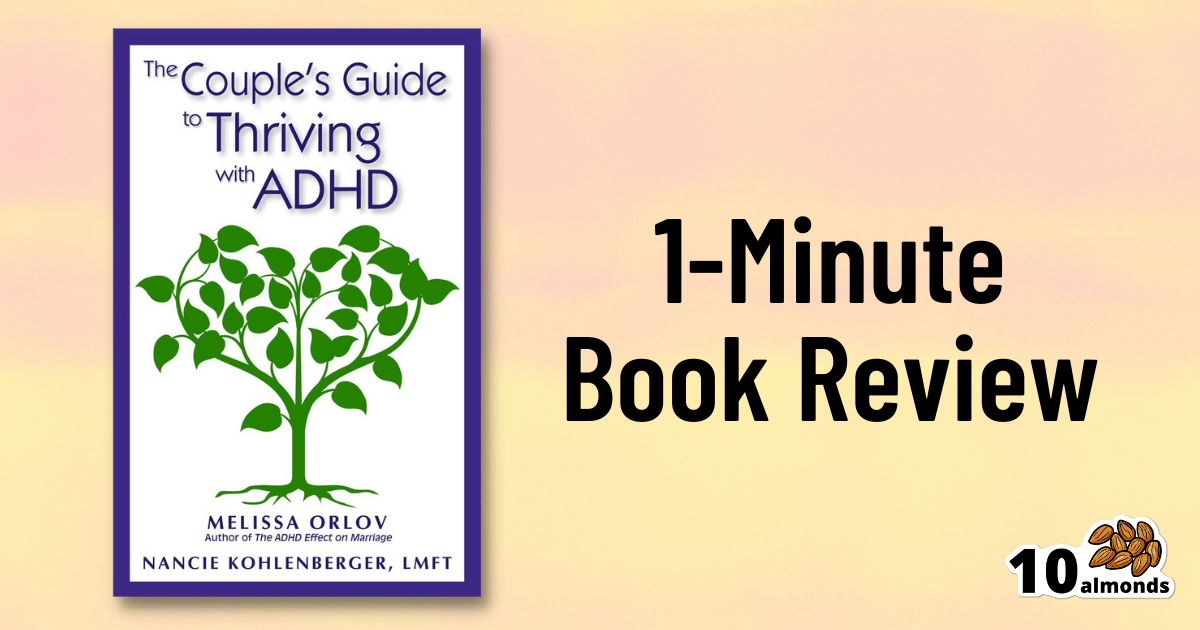
⏰ IN A RUSH?
Today’s 30-Second Summary
If you don’t have time to read the whole email today, here are some key takeaways:
There are genotypes that indicate higher or lower Alzheimer’s disease risk, but a new extensive study has shown that some of these were overgeneralizations, extrapolated from a population with an inherent sample bias
As it turns out, these genes carry risk factors (or not) that vary by race and sex.
Today’s main feature should be relevant for everyone, but especially if you’re a white woman in your 60s!
Today’s sponsor—Birdie—is a free lifestyle-and-wellness newsletter that goes out every few days, with seasonal thoughts, tips, and information. Just the thing for a pre-holiday uplift!
Read on to learn about these things and more…

👀 WATCH AND LEARN
Instantly Improve Your Hip Internal Rotation (10:25)
Learn how these injuries occur, why they're still so common, and how to avoid them:
This menu don’t lie:
Prefer text? You might enjoy the channel’s blog 😎
Want to watch it, but not right now? Bookmark it for later 🔖

🧬 MAIN FEATURE
The Alzheimer’s Gene That Varies By Race & Sex
You probably know that there are important genetic factors that increase or decrease Alzheimer’s Risk. If you’d like a quick refresher before we carry on, here are two previous articles on this topic:
Genetic Testing: Health Benefits & Methods (about personal genomics and health, including Alzheimer’s)
The Surprising Link Between Type 2 Diabetes & Alzheimer's (about the APOE-ε4 allele that is implicated in both)
A Tale of Two Alleles
It has generally been understood that APOE-ε2 lowers Alzheimer’s disease risk, and APOE-ε4 increases it.
However, for reasons beyond the scope of this article, research populations for genetic testing are overwhelmingly white. If you, dear reader, are white, you may be thinking “well, I’m white, so this isn’t a problem for me”, you might still want to read on…
An extensive new study, published days ago, by Dr. Belloy et al., looked at how these correlations held out per race and sex. They found:
The “APOE-ε2 lowers; APOE-ε4 increases” dictum held out strongest for white people.
In the case of Hispanic people, there was only a small correlation on the APOE-ε4 side of things, and none on the APOE-ε2 side of things per se.
East Asians also saw no correlation with regard to APOE-ε2 per se.
But! Hispanic and East Asian people had a reduced risk of Alzheimer’s if and only if they had both APOE-ε2 and APOE-ε4.
Black people, meanwhile, saw a slight correlation with regard to the protective effect of APOE-ε2, and as for APOE-ε4, if they had any European ancestry, increased European ancestry meant a higher increased risk factor if they had APOE-ε4. African ancestry, on the other hand, had a protective effect, proportional to the overall amount of that ancestry.
And as for sex…
Specifically for white people with the APOE-ε3/ε4 genotype, especially in the age range of 60–70, the genetic risk for Alzheimer’s was highest in women.
If you’d like to read more and examine the data for yourself:
Want to reduce your Alzheimer’s risk?
We have just the thing for you:
Take care!
❤ OUR SPONSORS MAKE THIS PUBLICATION POSSIBLE
Wellness For You And Your Family
Birdie is a free lifestyle-and-wellness newsletter that goes out every few days, with seasonal thoughts, tips, and information.
If you're open to small things that can uplift your daily life, this could be one for you!
You can opt-in for free below, to give it a try:

Sponsored
Birdie
Birdie is a free email newsletter just for moms, diving into women's health, beauty hacks, self-care tips, nutrition, parenting advice, and shopping deals.
Please do visit our sponsors—they help keep 10almonds free

🌍 AROUND THE WEB
What’s happening in the health world…
Misinformation is eroding confidence in vaccines
Sleep and hypertension: a two-way street of risks
Scientists identify progenitor cells that could revolutionize osteoarthritis treatment
"I feel trapped": readers on the distress caused by noisy neighbours
AI getting better at detecting skin cancer
Mindfulness can get people to stick with heart-healthy food
Critics slam updated infection control recommendations for hospitals
More to come tomorrow!

📖 ONE-MINUTE BOOK REVIEW
The Couple's Guide to Thriving with ADHD – by Melissa Orlov and Nancie Kohlenberger
ADHD (what a misleadingly-named condition) is most often undiagnosed in adults, especially older adults, and has far-reaching effects. This book explores those!
Oftentimes ADHD is not a deficit of attention, it's just a lack of choice about where one's attention goes. And the H? It’s mostly not what people think it is. The diagnostic criteria have moved far beyond the original name.
But in a marriage, ADHD symptoms such as wandering attention, forgetfulness, impulsiveness, and a focus on the "now" to the point of losing sight of the big picture (the forgotten past and the unplanned future), can cause conflict.
The authors write in a way that is intended for the ADHD and/or non-ADHD partner to read, and ideally, for both to read.
They shine light on why people with or without ADHD tend towards (or away from) certain behaviours, what miscommunications can arise, and how to smooth them over.
Best of all, an integrated plan for getting you both on the same page, so that you can tackle anything that arises, as the diverse team (with quite different individual strengths) that you are.
Bottom line: if you or a loved one has ADHD symptoms, this book can help you navigate and untangle what can otherwise sometimes get a little messy.

What did you think of today's newsletter?
Wishing you the best of health in all ways, always,
The 10almonds Team



